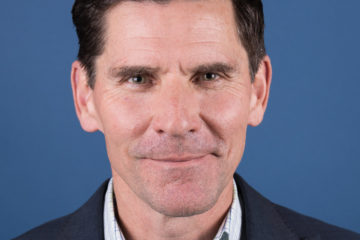Foo Poverty Q6

Philanthropic organizations can invest in community leadership and neighborhood development to address policy and systems change. Funding services but also long term integrated voter engagement for all communities, regardless of their socioeconomic levels are engaged and have access to making local systems and policy change. Philanthropic organizations can also bring together diverse sectors to have the time to think and strategize how to partner to make change and reduce poverty – transportation, corporations, civic leaders, community based nonprofits, community leaders, spiritual centers, health care institutions, schools and educational institutions, etc. It can start small and at first and meet immediate needs – for example, providing funds for schools to have free washer and dryers available so students who are homeless can wash their clothes and not miss school, having funds for summer meals at school sites, wellness sites, etc. Anaheim Union High School District started CA Democracy Schools and their students have increased civic engagement and working on policy change. The school district has also supported and trained Parent Liaisons who have supported and encouraged hundreds of parents to be involved in the Local Control Accountability Plans and have a stronger voice in their district. AUHSD has also partnered with the Tesla Foundation, IBM, and Kaiser Permanente to create career development pipelines including cyber security, allied health, technology careers, and a number of other career pipelines. Santa Ana Unified started Wellness Centers at their school sites integrating wellness, health and mental health care as well as restorative practices. Lots of great partnerships and ideas already occurring that local and state government may not be aware of and philanthropy can support gatherings and strategy sessions to bring diverse sectors together to understand some of these models and how to integrate these ideas more widespread.


